NASA to extend New Horizons mission to Kuiper belt, where comets come from
NASA has announced the extension of the New Horizons mission till 2028 or 2029 and it will cover the Kuiper belt, the place where comets come from. Know what NASA's plans are.
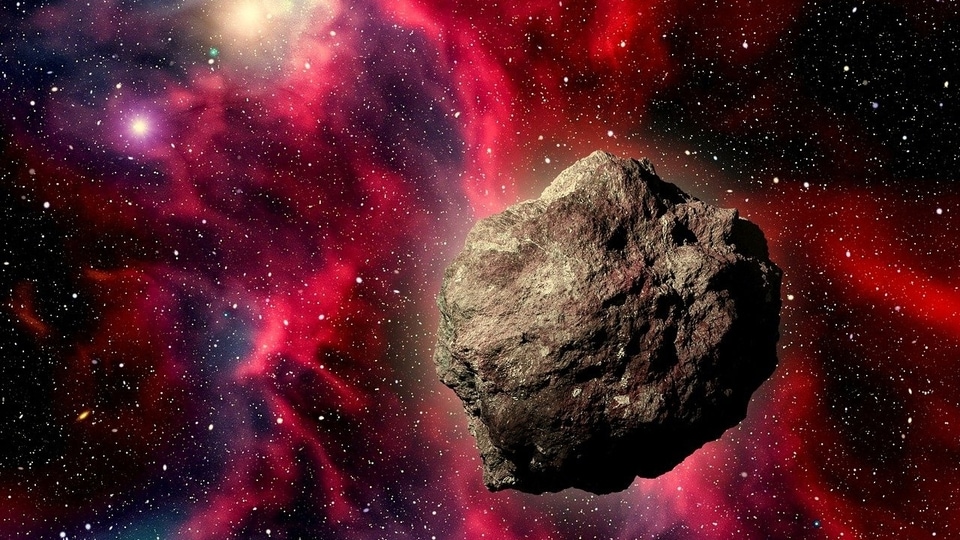
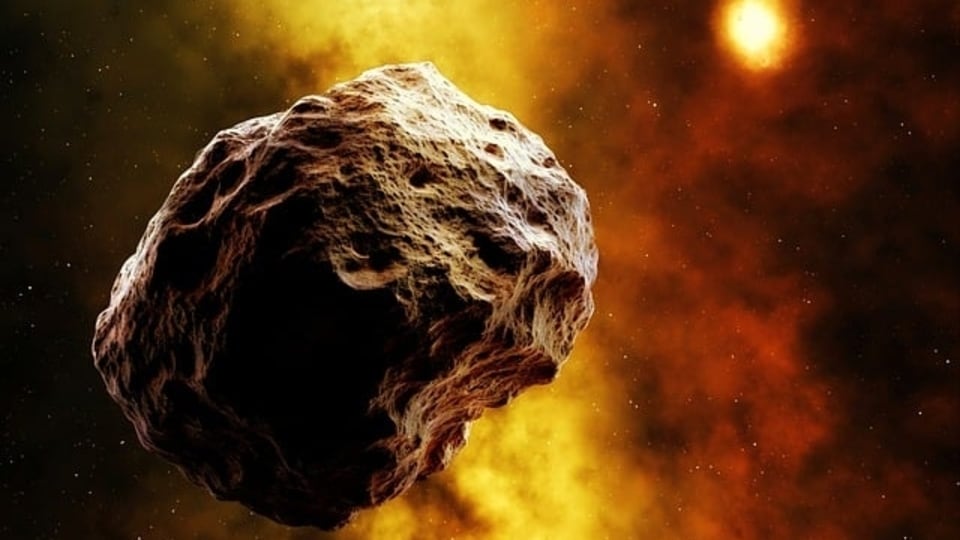
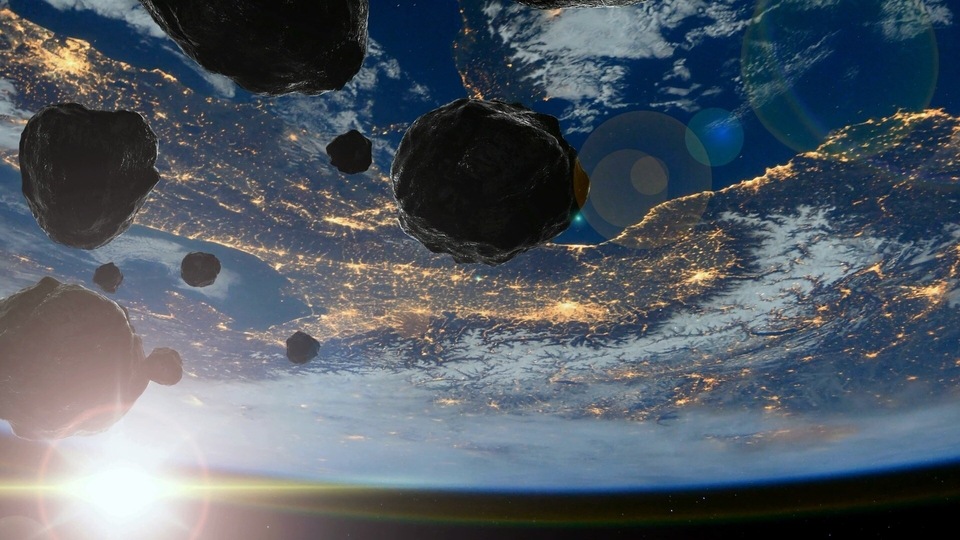
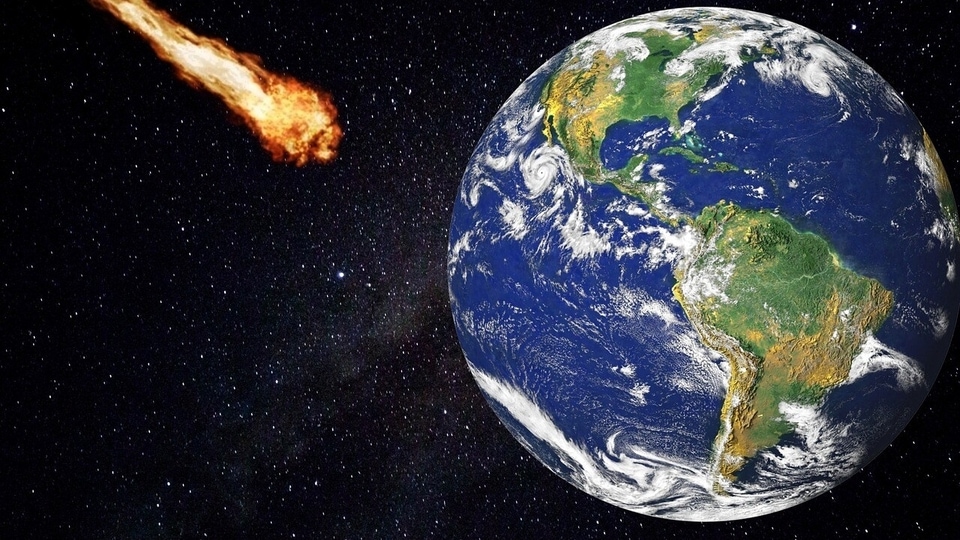
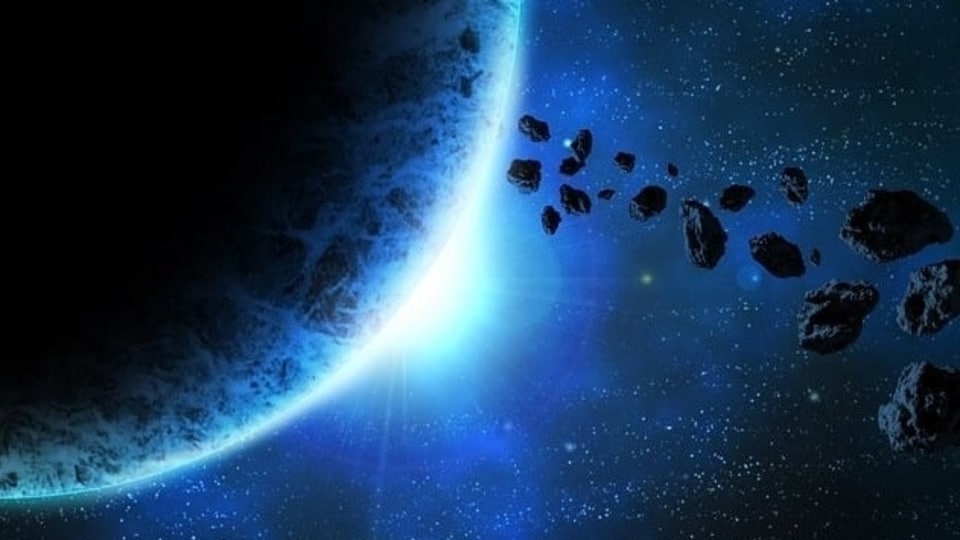
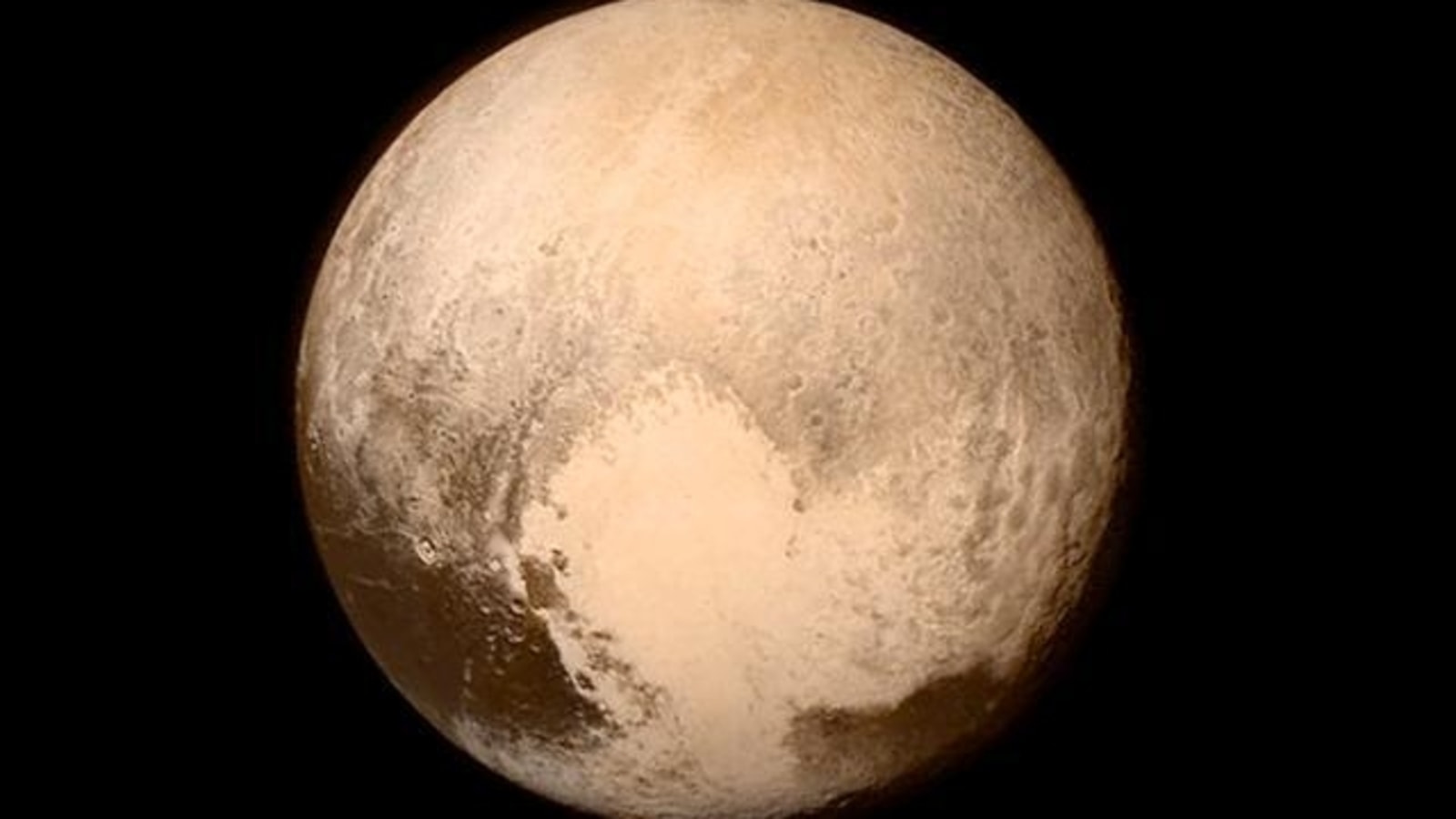
 View all Images
View all ImagesNASA's New Horizons mission which was launched in 2006 has now been extended by almost 5 more years. The objective of the mission was to explore Pluto and now the mission will continue till the spacecraft exits the Kuiper belt, the place where comets reside. The mission was planned to be concluded next year in 2024, however, now the space agency has extended objectives for the mission. Know what NASA has planned for the mission.
New Horizons mission extension
According to a NASA report, the New Horizons will start with new objectives from 2025. Now, the spacecraft is planned to explore the Kuiper belt objects. This mission will be continued till the spacecraft exits the Kuiper belt, which could take till 2028 or 2029. The primary goal of New Horizons is to gather heliophysics data while operating in an extended, low-activity mode. The extended mission will help scientists identify Kuiper Belt objects. This new objective opens up the potential for a close flyby if one is discovered.
Nicola Fox, associate administrator for NASA's Science Mission Directorate in Washington said, “The New Horizons mission has a unique position in our solar system to answer important questions about our heliosphere and provide extraordinary opportunities for multidisciplinary science for NASA and the scientific community.”
Now, the mission responsibilities will be transferred to NASA's Heliophysics and Planetary Science Divisions. The mission will look for Arrokoth a Kuiper Belt object which is reported to consist of icy bodies. According to a Space.com report, Arrokoth is 34 kilometres wide in size and the flyby will help the spacecraft to collect data about the object.
According to NASA, the extended New Horizons mission will be funded by Planetary Science but will be jointly managed by the division and Heliophysics. Alan Stern, a planetary scientist expresses appreciation towards the mission through an X post, the scientist said, “I want to thank everyone who supported us in getting #NASA to continue the exploration of the Kuiper Belt by its @NASANewHorizons spacecraft-- You did it!”
Catch all the Latest Tech News, Mobile News, Laptop News, Gaming news, Wearables News , How To News, also keep up with us on Whatsapp channel,Twitter, Facebook, Google News, and Instagram. For our latest videos, subscribe to our YouTube channel.





























